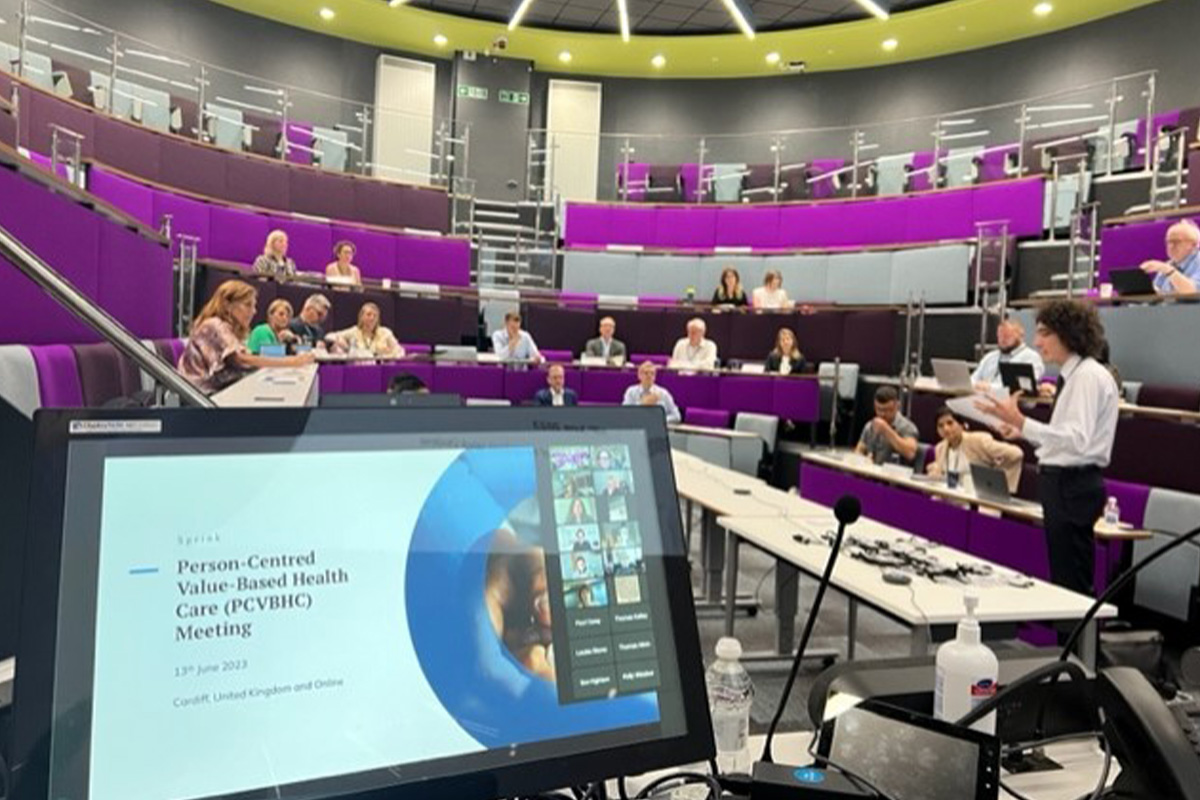We want to start with a story. “Maggie”, an 85-year-old lady, has been diagnosed with breast cancer. The clinical teams have explained to her that she requires chemotherapy and surgery to hopefully cure the disease. It will take time for her to get back to normal after the treatment and given her age, there is a risk that the treatment might shorten her life. However, the team is confident that she will survive and get back to her normal day-to-day activities. Maggie is scheduled to start chemotherapy in two weeks’ time.
What are you thinking? What are Maggie’s goals and care preferences? Does the clinical team know? How do her goals and care preferences shape the care that is provided? How do her goals and care preferences influence our approach to quality measurement?
The answer: due to significant operational pressures in the clinic, the clinical team did not really know Maggie’s goals and preferences. As a result, they did not really impact the care provided, and the focus of quality measurement has been primarily on standardised patient-reported outcome measures (PROMs) and clinical outcomes.
Despite all our best intentions, this scenario is quite common.
By focusing on people’s goals and preferences, we can ensure that our health care systems are truly focused on what matters to individual people at a particular point in time. Even though this might seem like the ‘right thing to do’, is it practical in the current climate and indeed, can we even afford it?
We would say absolutely yes!
There is mounting evidence that when you focus on people’s goals and preferences, spending actually falls. For example, when people are better informed, they may choose different treatments – in fact, they often choose those that are less invasive and less expensive. Additionally, people who are engaged through goal setting, preference elicitation and shared decision making are more likely to stick to their treatment plan and to take their medicines, reducing morbidity, significantly lowering costs of care and improving public health.1,2 Highlighting one study: individuals with preference-sensitive conditions (treatments that involve significant trade-offs affecting the patient’s quality and/or length of life) who engage in shared decision making experience 5.3% lower overall medical costs than people who do not.3 The same group also had 12.5% fewer hospital admissions and 9.9% fewer preference-sensitive surgeries.4,5,6
Most health care systems around the world are currently tackling very long waiting lists. The response has been heroic in many cases – extreme hard work on the part of staff and significant effort from management teams to increase the supply of resources to try and meet the demand. Although this is part of the solution, it cannot be the only solution.
Working with patients to understand their goals and preferences is another route to managing the waiting lists. This is through managing the demand side. As we have described above, when we understand people’s goals and preferences, the approach to care frequently changes and often results in less care and not more! Therefore, we think now is the time to introduce these person-centred approaches at scale.
To support this, we have developed a Waiting List Management Programme that seeks to work with clinical teams and operational managers to implement goal setting, preference elicitation and shared decision making in routine practice and to measure the impact on outcomes, costs and resource utilisation.
We are now looking for interested hospitals to join the next phase of our Waiting List Management Programme. If you are interested, please contact Dr. Thomas Kelley (t.kelley@sprink.co.uk).
References
- The Health Foundation (2016). Person-centred Care Made Simple What Everyone Should Know about person-centred Care. [online] The Health Foundation. Available at: https://www.health.org.uk/sites/default/files/PersonCentredCareMadeSimple.pdf.
- Brown, M.T. and Bussell, J.K. (2011). Medication Adherence: WHO Cares? Mayo Clinic Proceedings, [online] 86(4), pp.304–314.
- Wennberg, J.E. (2007). Preference-Sensitive Care: A Dartmouth Atlas Project Topic Brief. [online] PubMed. Lebanon (NH): The Dartmouth Institute for Health Policy and Clinical Practice. Available at: https://www.ncbi.nlm.nih.gov/books/NBK586631/#:~:text=Preference%2Dsensitive%20care%20comprises%20treatments[Accessed 14 Jul. 2023].
- Veroff, D., Marr, A. and Wennberg, D.E. (2013). Enhanced Support for Shared Decision-Making Reduced Costs of Care for Patients with Preference-Sensitive Conditions. Health Affairs, 32(2), pp.285–293.
- Oshima Lee, E. and Emanuel, E.J. (2013). Shared Decision Making to Improve Care and Reduce Costs. New England Journal of Medicine, [online] 368(1), pp.6–8.
- Schmidt T, Westrich K (2021). The impact of shared decision-making on cost and utilization and implications for value-based care. Pharmacy Quality Alliance Annual Meeting.



